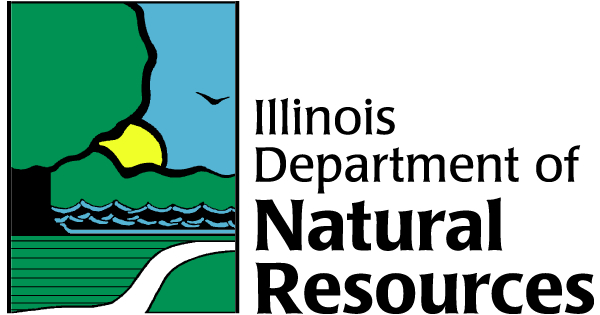Mitigating Emissions from Marginal Conventional Wells
The Illinois Department of Natural Resources (IDNR) has received a grant in the amount of $17.3 million from the Department of Energy (DOE) to address methane emissions and environmental restoration efforts in the Illinois Basin. This basin, known for its long history of oil production, faces challenges due to the prevalence of Marginal Conventional Wells (MCWs) and wells in Temporary Abandonment (TA) status, which may be emitting low volumes of methane. With more than 90 percent of wells falling into these categories, the grant aims to mitigate methane emissions, conduct environmental restoration during the well plugging process, and create job opportunities, particularly in central and southern Illinois.
Working in collaboration with the Illinois State Geological Survey at the University of Illinois, the IDNR's Inflation Reduction Act (IRA) – Mitigating Emissions from Marginal Conventional Wells program aligns with existing efforts to address abandoned and leaking wells. This comprehensive approach not only reduces methane emissions, a significant contributor to climate change, but also promotes environmental justice, particularly in rural and underserved communities. By targeting methane emissions from low-producing conventional wells and supporting environmental restoration efforts, the initiative will deliver long-lasting health and environmental benefits across the region.
Part of a broader EPA-DOE partnership, the grant reflects a nationwide effort to reduce methane emissions from the oil and gas sector. Through financial assistance, technical support, and collaboration with state agencies, the initiative aims to identify and eliminate methane emissions from low-producing conventional wells, ultimately improving air quality and environmental resilience in energy communities across the country.
What is a Marginal Well?
A marginal oil and gas well site refers to a low-production site in the oil and gas industry. These wells have an average combined production of less than 15 barrels of oil equivalent per day. Despite their relatively small output, they play a significant role in terms of methane waste and pollution.
Production Level:
- Marginal wells produce oil and gas at a low rate, typically less than 15 barrels of oil equivalent per day.
- They contribute only a small share of the overall national production: approximately 6.2% of oil, 5.5% of gas, and 5.8% of combined oil and gas production in the United States.
Methane Emissions:
- Despite their modest production, marginal well sites are responsible for an outsized share of methane emissions within the industry.
- Scientific research consistently highlights that these wells emit a significant amount of methane, which is a potent greenhouse gas.
- Even very low-production wells (those producing 0-1 barrels of oil equivalent per day) contribute to methane emissions, accounting for 11% of production-related methane emissions in the EPA’s Greenhouse Gas Inventory.
While marginal well sites may not produce much oil and gas individually, their cumulative impact on methane emissions and pollution warrants attention and efforts to reduce waste and environmental harm.


